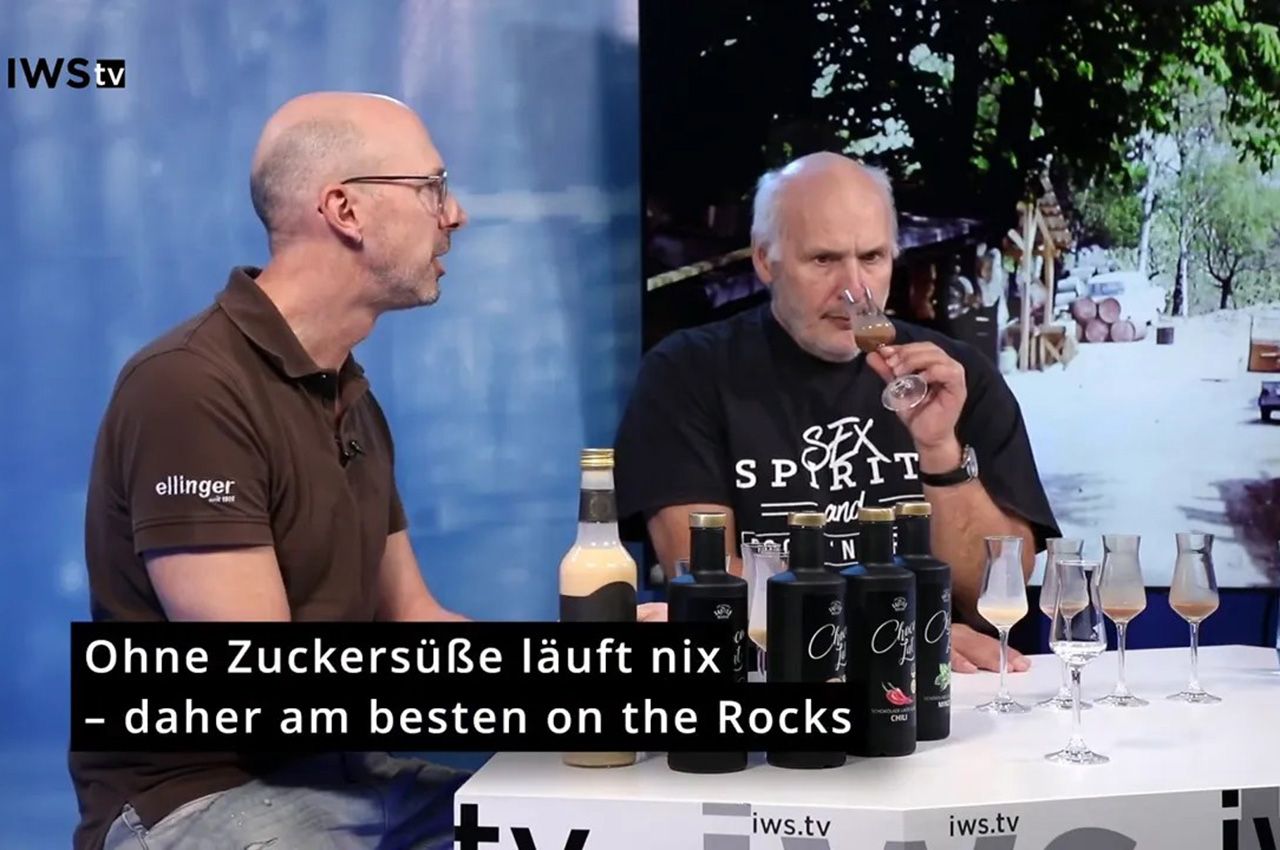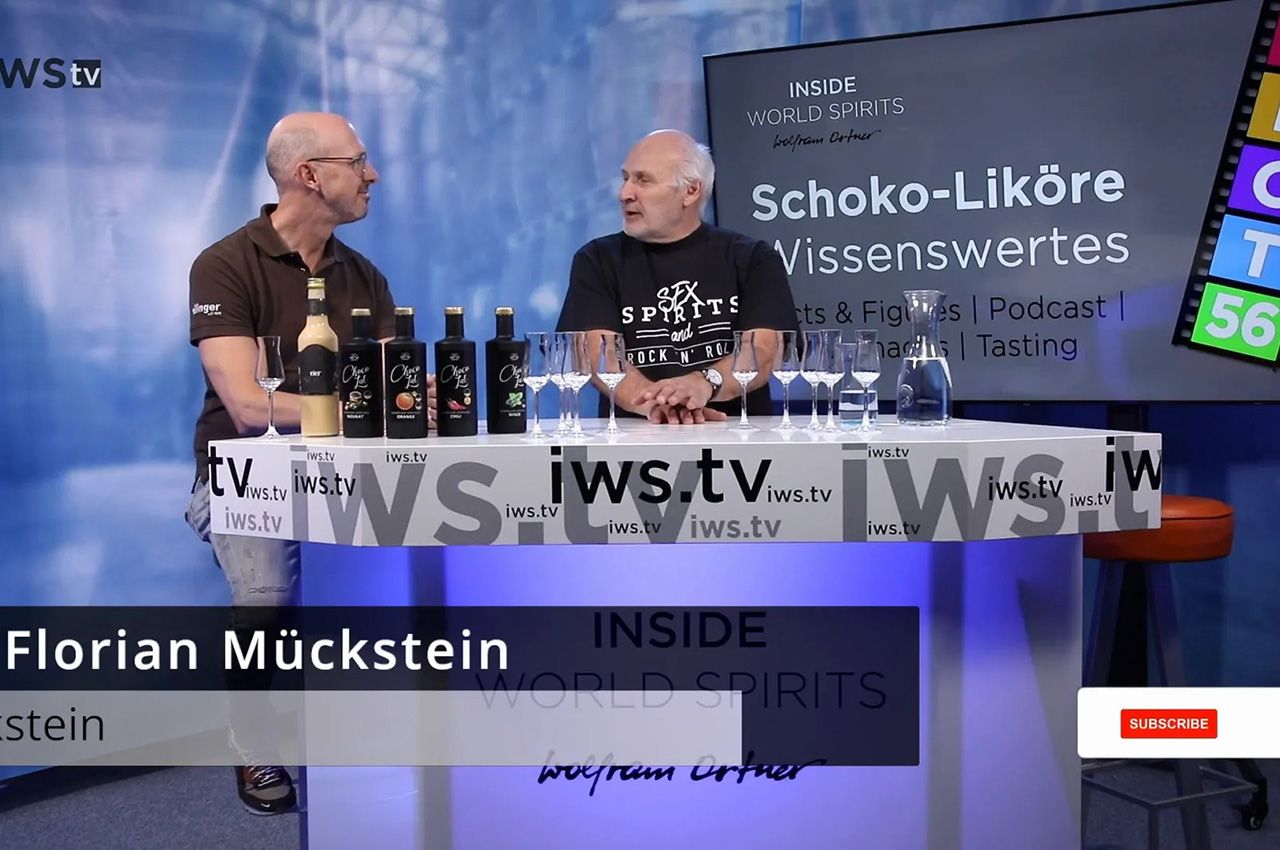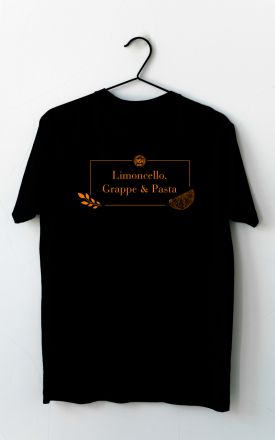
Table of Contents
- Where Brandy de Jerez – Spain’s Unique Brandy Comes From
- The Role of Sherry Casks in Brandy de Jerez – Spain’s Unique Brandy
- Understanding the Solera System for Brandy de Jerez – Spain’s Unique Brandy
- Distillation Methods and How They Influence Brandy de Jerez – Spain’s Unique Brandy
- Flavor Profile: What to Expect from Brandy de Jerez – Spain’s Unique Brandy
- Classification and Styles Within Brandy de Jerez – Spain’s Unique Brandy
- Production Flexibility: Use of Sugar and Blending
- How to Taste and Enjoy Brandy de Jerez – Spain’s Unique Brandy
- Culture, Place, and Why a Trip Matters for Brandy de Jerez – Spain’s Unique Brandy
- Common Misconceptions About Brandy de Jerez – Spain’s Unique Brandy
- Pairing Brandy de Jerez – Spain’s Unique Brandy with Food
- Choosing a Bottle: What to Look For
- FAQ
- Final Thoughts on Brandy de Jerez – Spain’s Unique Brandy
Brandy de Jerez – Spain’s Unique Brandy
Brandy de Jerez – Spain’s Unique Brandy begins its story in Andalusia, a region that is famous not only for its stunning scenery but for a culinary and beverage culture that is exceptionally rich. Andalusia is home to vineyards, wineries, and bodegas where both sherry and brandy are central to local life. Brandy de Jerez – Spain’s Unique Brandy draws its identity from this place: the name itself links the spirit to Jerez de la Frontera and the sherry casks that are central to its maturation.
Where Brandy de Jerez – Spain’s Unique Brandy Comes From
Brandy de Jerez – Spain’s Unique Brandy is legally and traditionally tied to the Jerez region of Andalusia, but the production chain is more complex than the name suggests. Grapes are cultivated within Andalusia, and the initial stages of vinification and fermentation take place locally. Those wines are then distilled to create wine distillate, the base alcohol destined to become Brandy de Jerez – Spain’s Unique Brandy.
While the distillate used for Brandy de Jerez – Spain’s Unique Brandy is often associated with Jerez, the physical distillation commonly happens in other parts of Spain. Many of the continuous column stills that produce much of the grape spirit used for Brandy de Jerez – Spain’s Unique Brandy are located north of Andalusia in La Mancha, particularly around towns like Tomelloso. These facilities specialize in high-volume continuous distillation, producing neutral or lightly characterful wine distillates that are then transported back to Jerez for aging.
There are exceptions: a small number of pot stills exist and contribute a different style to the category, but the dominant source for Brandy de Jerez – Spain’s Unique Brandy remains continuous column distillation in La Mancha. Once the distillate reaches Jerez, the barrels and the solera system transform it into the spirit that bears the name Brandy de Jerez – Spain’s Unique Brandy.
The Role of Sherry Casks in Brandy de Jerez – Spain’s Unique Brandy
Perhaps the single most defining feature of Brandy de Jerez – Spain’s Unique Brandy is its aging inside ex-sherry casks. These casks, previously home to Oloroso, Fino, Amontillado, or Pedro Ximénez (PX) sherry, impart aromas and flavors that are impossible to replicate with neutral wood alone. Brandy de Jerez – Spain’s Unique Brandy derives its character from the marriage between fresh distillate and the residual contents and wood chemistry of these sherry casks.
In Jerez bodegas, the system of stacked casks used for aging sherry and brandy is visually distinctive. Those stacks are part of the solera structure, and they taper from larger casks at the bottom to smaller casks at the top. Filling, topping up, and fractional blending happen every year so that the youngest spirit mixes with older layers. This is how Brandy de Jerez – Spain’s Unique Brandy gains a continuity of style and a maturity that is an average of all of the solera's ages rather than the age of a single cask.
What Are Ex-Sherry Casks and Why They Matter
Ex-sherry casks are the former vessels of sherry wines. Whether they previously contained dry Oloroso or lusciously sweet Pedro Ximénez, each type of sherry leaves different residues and chemical fingerprints in the oak. When distillate is placed into these casks, the interaction between spirit, wood, and the remaining sherry influence creates the signature notes of Brandy de Jerez – Spain’s Unique Brandy.
Those casks can be full of concentrated flavors: a cask that once held PX often has deep color and intense raisin and dried fruit aromas. When Brandy de Jerez – Spain’s Unique Brandy matures in these casks, the PX influence can create sweeter, balsamic and raisin-like notes in the brandy, while Oloroso casks contribute nuttier, drier and more oxidative flavors.
Understanding the Solera System for Brandy de Jerez – Spain’s Unique Brandy
One of the essential processes behind Brandy de Jerez – Spain’s Unique Brandy is the solera system. This system is not unique to brandy in Jerez, but for Brandy de Jerez – Spain’s Unique Brandy it is the stabilizing and defining tool. The solera is a dynamic, fractional blending system that keeps the style consistent and ensures that every release contains traces of very old spirit combined with younger additions.
The structure consists of several rows of casks. The bottom row is the solera, containing the oldest blend. Above it are the criaderas or younger rows. Each year, a fraction of spirit is drawn from the lowest row for bottling. The volume taken is replaced by spirit from the next row up, and so on until the youngest row is replenished with new distillate. This system allows Brandy de Jerez – Spain’s Unique Brandy to be both consistent and perpetually mature because every bottle always contains a portion of very old brandy.
Distillation Methods and How They Influence Brandy de Jerez – Spain’s Unique Brandy
The method of distillation influences the base character of what will become Brandy de Jerez – Spain’s Unique Brandy. Continuous column stills, common in La Mancha, produce high volumes of distillate with relatively neutral or controlled congeners. Pot stills, rarer in the region, tend to give more congeners and aromatic complexity. However, pot still production for Brandy de Jerez – Spain’s Unique Brandy is rare and small-scale compared to the column still output.
Once distilled, all spirits destined to be Brandy de Jerez – Spain’s Unique Brandy are brought to Jerez and entrusted to the solera and the casks. The final aroma and flavor therefore depend on both the distillation profile and the cask influence. Producers choose combinations of cask types and solera ages to craft distinct expressions of Brandy de Jerez – Spain’s Unique Brandy.
Flavor Profile: What to Expect from Brandy de Jerez – Spain’s Unique Brandy
Brandy de Jerez – Spain’s Unique Brandy tends to present a layered profile that often includes oxidative, balsamic, and sweet notes, together with the typical warm, vinous aromas of fine brandy. Because the spirit spends significant time in ex-sherry casks, it often shows hints of dried fruit, figs, raisins, caramel, nuts, and sometimes molasses or toffee depending on the cask history.
If the cask previously held Pedro Ximénez, the brandy can be darker in color and carry more syrupy sweetness and concentrated raisin notes. The video transcript notes that PX can have up to 400 grams of residual sugar; this underscores how intensely sweet and concentrated PX wines are. When those casks are later used for Brandy de Jerez – Spain’s Unique Brandy, they pass on a deep aromatic profile that can be described as lusciously raisined and balsamic.

Brandy de Jerez – Spain’s Unique Brandy therefore spans a range from drier, nuttier expressions influenced by Oloroso casks to sweeter, darker examples shaped by PX casks. Many brandies offer a balance, with oxidative complexity and clear brandy character sitting alongside residual sweetness, whether from cask influence or because sugar is legally allowed in Brandy de Jerez – Spain’s Unique Brandy production to a controlled extent.
Classification and Styles Within Brandy de Jerez – Spain’s Unique Brandy
Within Brandy de Jerez – Spain’s Unique Brandy, producers craft varied styles. Some focus on younger, fresher solera blends; others draw from older soleras with long aging to achieve profound depth. The solera method allows for a continuum of age and complexity, and producers sometimes maintain different soleras dedicated to different aging stages. These separate soleras or "sellers" can be used to create standard, Reserva, and Gran Reserva-style brandies, each with their own expected depth and aromatic concentration.
While Brandy de Jerez – Spain’s Unique Brandy labeling can indicate a relative maturity or reserve status, the more meaningful information often comes from knowing which types of ex-sherry casks were used. Knowing whether a product spent most of its life in Oloroso or PX casks gives a clearer idea of the final flavor.
Production Flexibility: Use of Sugar and Blending
Brandy de Jerez – Spain’s Unique Brandy allows for some flexibility in production. Sugar may be used within legal limits, and blending is a core part of achieving a consistent house style. The solera system itself is a blending mechanism, but blending across different soleras and cask types is also common to craft an expressive and marketable product.
That flexibility contributes to the diversity across Brandy de Jerez – Spain’s Unique Brandy offerings. Dry, slightly oxidative examples appeal to those who prefer a more austere, nutty profile, while sweeter, PX-influenced styles attract those seeking a lusher, dessert-like brandy. Both types still maintain the hallmark traits of Brandy de Jerez – Spain’s Unique Brandy: an interplay between spirit and sherry-seasoned wood.
How to Taste and Enjoy Brandy de Jerez – Spain’s Unique Brandy
Tasting Brandy de Jerez – Spain’s Unique Brandy is an exercise in discovery. The glass should reveal aromas of dried fruit, oak, nutty oxidation, and brandy warmth. Take time to notice the layers. The nose often offers oxidative and balsamic notes first, followed by deeper brandy aromas and any residual sweetness from PX influence. On the palate, expect round, sometimes sweet, sometimes dry textures with lingering finish and evolving complexity.
Serving suggestions for Brandy de Jerez – Spain’s Unique Brandy vary. It is enjoyed neat as an after-dinner digestif, paired with chocolate or dried fruit, or used in classic and modern cocktails that benefit from its depth and sherry-derived character. Outside the glass, Brandy de Jerez – Spain’s Unique Brandy matches beautifully with Andalusian cuisine and tapas, aligning perfectly with local food traditions.
Culture, Place, and Why a Trip Matters for Brandy de Jerez – Spain’s Unique Brandy
Beyond the liquid itself, Brandy de Jerez – Spain’s Unique Brandy is a cultural emblem. Jerez offers a sensory landscape where food, drink, horses, flamenco, and festive life are intertwined. Experiencing Brandy de Jerez – Spain’s Unique Brandy in its native place adds context: the bodegas, the solera rooms, the aroma of oak and sherry, and the conviviality of Andalusian dining all deepen the appreciation of the spirit.
The best way to appreciate the nuances of Brandy de Jerez – Spain’s Unique Brandy is to visit bodega cellars, see the solera stacks in person, and taste different expressions side by side. In Jerez, the combination of culinary tradition and lived local culture brings every sip of Brandy de Jerez – Spain’s Unique Brandy into sharper focus.
Common Misconceptions About Brandy de Jerez – Spain’s Unique Brandy
Several misconceptions circulate about Brandy de Jerez – Spain’s Unique Brandy. One is that all distillation occurs in Jerez. In reality, much of the distillate is produced elsewhere and then brought to Jerez for aging. Another misconception is that the brandy is always sweet. While some PX-influenced brandies are sweet or syrupy, many Brandy de Jerez – Spain’s Unique Brandy expressions are dry and oxidative, with the sweetness varying according to cask history and producer choices.
Finally, some buyers assume that the solera system guarantees a singular style. The truth is that the solera system assures continuity and blending across ages, but producers still have considerable freedom in choosing cask types, solera ages, and blending regimes, resulting in a broad and fascinating range of Brandy de Jerez – Spain’s Unique Brandy offerings.
Pairing Brandy de Jerez – Spain’s Unique Brandy with Food
Brandy de Jerez – Spain’s Unique Brandy pairs exceptionally well with foods that echo its own flavors. PX-influenced brandies with raisin and caramel notes go well with desserts, blue cheeses, and chocolate. Oloroso-aged brandies with nutty oxidation match roasted nuts, savory tapas, and cured meats. The versatility of Brandy de Jerez – Spain’s Unique Brandy makes it ideal both as a digestif and as an accompaniment to rich, flavorful plates.
When dining in Jerez, pairing local dishes with Brandy de Jerez – Spain’s Unique Brandy creates a coherent sensory story: the spirit reflects the same regional ingredients and culinary techniques that shape the food.
Choosing a Bottle: What to Look For
When selecting Brandy de Jerez – Spain’s Unique Brandy, consider the cask history and the producer’s house style. Look for indications of PX or Oloroso influence if you prefer sweeter or dryer profiles respectively. Pay attention to whether the label refers to specific soleras or reserves; although legal categorizations may vary, older soleras generally yield richer and more complex Brandy de Jerez – Spain’s Unique Brandy.
Also, sample if possible. Tasting side-by-side bottles with differing cask histories will quickly reveal the powerful influence of ex-sherry casks on Brandy de Jerez – Spain’s Unique Brandy and help refine personal preferences.
Final Thoughts on Brandy de Jerez – Spain’s Unique Brandy
Brandy de Jerez – Spain’s Unique Brandy is more than a label. It is a living tradition that connects distillation, sherry casks, solera craftsmanship, and Andalusian culture. Whether it is the dry, oxidative charm drawn from Oloroso casks or the sweet, raisiny intensity inherited from PX barrels, Brandy de Jerez – Spain’s Unique Brandy offers a nuanced and regionally rooted drinking experience.
For anyone curious about the soul of this spirit, a trip to Jerez provides context that tasting alone cannot fully deliver. Walking through bodegas, seeing the solera stacks, and experiencing the local food and music clarifies why Brandy de Jerez – Spain’s Unique Brandy is celebrated both locally and internationally. Brandy de Jerez – Spain’s Unique Brandy invites exploration: of different soleras, of cask types, and of the cultural tapestry that gives this brandy its unique identity.
Brandy de Jerez – Spain’s Unique Brandy will continue to fascinate because it connects a distilled wine spirit to one of the most storied wood-aging traditions in the world. It is a spirit that tastes of place, craft, and time.
FAQ - Häufig gestellte Fragen
Brandy de Jerez – Spain’s Unique Brandy is traditionally served neat as a digestif in a tulip or snifter glass to concentrate the aromas. It pairs well with desserts, cheeses, and tapas, and can also be used in cocktails where its sherry-aged character enhances depth and complexity.
No. Brandy de Jerez – Spain’s Unique Brandy ranges from dry, oxidative expressions to sweet, PX-influenced styles. The sweetness level depends on the history of the casks used for aging and the choices made by producers during blending and finishing.
The solera system is a fractional blending method where casks are arranged in tiers. The bottom tier, the solera, holds the oldest spirit. Each year a portion is drawn for bottling and replaced by wine spirit from the tier above. This creates a continuous blend where every bottle of Brandy de Jerez – Spain’s Unique Brandy contains an element of very old spirit combined with younger additions, leading to consistent house styles and complex, averaged maturity.
Yes, sugar can be used within regulated limits in the production of Brandy de Jerez – Spain’s Unique Brandy. However, the perceived sweetness in many expressions often comes from the influence of PX casks rather than added sugar alone. Producers use blending, solera selection, and cask management to reach their intended flavor balance.
The defining flavors of Brandy de Jerez – Spain’s Unique Brandy come from aging in ex-sherry casks and the solera system. Cask types such as Oloroso and Pedro Ximénez (PX) leave distinct residues and aromas in the oak. PX casks can impart darker, sweeter, raisiny notes, while Oloroso casks contribute oxidative, nutty, and drier flavors. The solera blending system ensures a layered maturity and continuity of style.
Brandy de Jerez – Spain’s Unique Brandy is associated with the Jerez region in Andalusia. While grape growing, wine production, and aging of brandy in ex-sherry casks occur in Jerez, much of the distillation of the base wine spirit often takes place in other Spanish regions such as La Mancha, where continuous column stills produce the distillate later brought to Jerez.
Sesorisches Wissen Kompakt - IWS.TV Fibel


Can tuna with prosciutto food fusion really work? A Mediterranean Surf & Turf Recipe




















